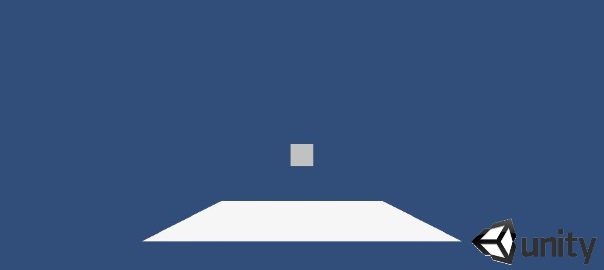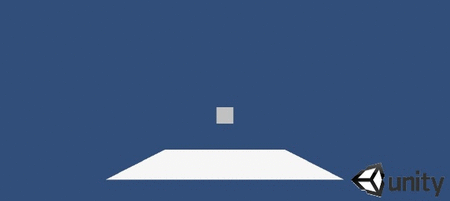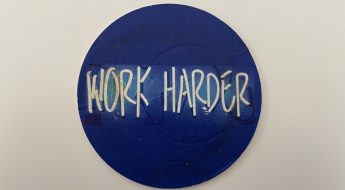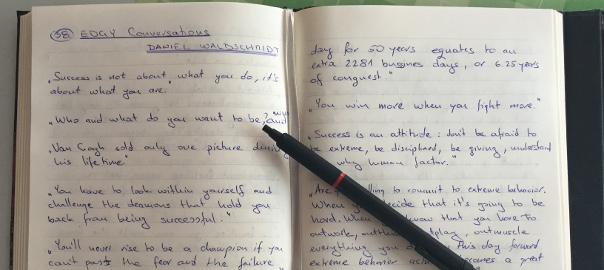Unity3D scene changing with fade effect

Followed this official tutorial, my own version on GitHub, and you can see it in action here (click the cube to see the effect).
Steps on how to make this:
- Create a new 3D project
- Save the scene as Level0
- Create -> 3D object -> Cube
- Create -> Light -> Directional light
- Save this scene and create a new one Level2 and repeat the process just here create two cubes
- Create an empty object called FaderObj and attach a new script to it called Fading:
#pragma strict public var fadeOutTexture : Texture2D; // the texture that will overlay the screen. This can be a black image or a loading graphic public var fadeSpeed : float = 0.8f; // the fading speed private var drawDepth : int = -1000; // the texture's order in the draw hierarchy: a low number means it renders on top private var alpha : float = 1.0f; // the texture's alpha value between 0 and 1 private var fadeDir : int = -1; // the direction to fade: in = -1 or out = 1 function OnGUI() { // fade out/in the alpha value using a direction, a speed and Time.deltaTime to convert the operation to seconds alpha += fadeDir * fadeSpeed * Time.deltaTime; // force (clamp) the number to be between 0 and 1 because GUI.color uses Alpha values between 0 and 1 alpha = Mathf.Clamp01(alpha); // set color of our GUI (in this case our texture). All color values remain the same & the Alpha is set to the alpha variable GUI.color = new Color (GUI.color.r, GUI.color.g, GUI.color.b, alpha); GUI.depth = drawDepth; // make the black texture render on top (drawn last) GUI.DrawTexture(new Rect(0, 0, Screen.width, Screen.height), fadeOutTexture); // draw the texture to fit the entire screen area } // sets fadeDir to the direction parameter making the scene fade in if -1 and out if 1 public function BeginFade (direction : int) { fadeDir = direction; return (fadeSpeed); } // OnLevelWasLoaded is called when a level is loaded. It takes loaded level index (int) as a parameter so you can limit the fade in to certain scenes. function OnLevelWasLoaded() { //alpha = 1; // use this if the alpha is not set to 1 by default BeginFade(-1); // call the fade in function } - Add the following script to the Cube object:
#pragma strict var counter = 0; function Start () { } function Update () { } function OnMouseDown(){ Debug.Log("clicked " + counter++); var fadeTime = GameObject.Find ("FaderObj").GetComponent(FadingJS).BeginFade(1); yield WaitForSeconds(fadeTime); GameObject.Find("Cube").renderer.enabled = false; fadeTime = GameObject.Find ("FaderObj").GetComponent(FadingJS).BeginFade(-1); yield WaitForSeconds(fadeTime); Application.LoadLevel(Application.loadedLevel + 1); } - Drag a 2×2 black png image to the Texture variable in the Fading script.






Leave a Comment